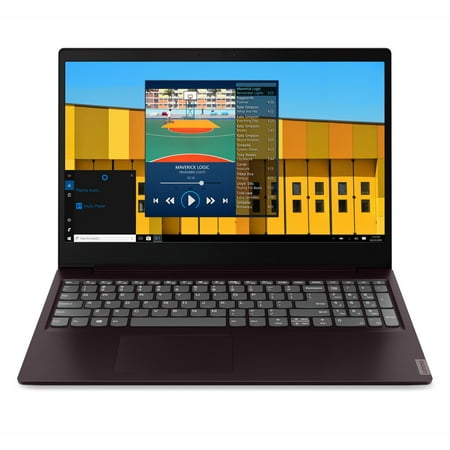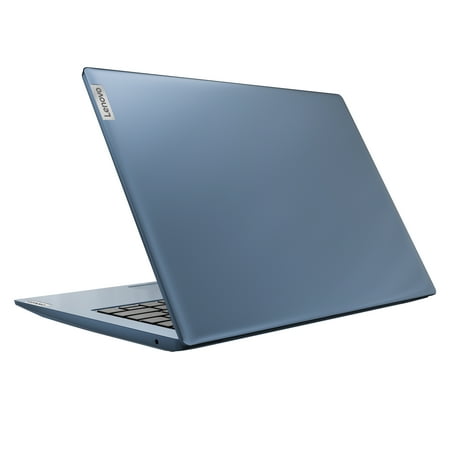From everyday tasks you
need to tackle to those special projects you
want to do, the HP 17″ touchscreen laptop is the just-right device to keep you productive and entertained from anywhere.
Power through your busiest days thanks to a speedy 11th gen Intel i5 quad-core processor, oh-so-smooth Wi-Fi 6, and sweet Intel Iris X graphics. Swiftly scroll through social posts, fill up that (virtual) shopping cart, or binge your latest obsession on the dazzling HD display with a barely-there micro-edge bezel design. And do it all on Windows 11 — featuring a rejuvenated Start menu for a fresh perspective on the way you think and create.
Add in 12GB RAM and a reliable 512GB solid-state drive, and you’ll be working, watching, and keeping connected with efficient ease. From HP.
Plus, you’ll enjoy a 1-year Microsoft 365 Personal subscription to help bring your ideas to life with an assist from the programs you know and love, including Word, Excel, and PowerPoint. You’ll receive one year of HP SmartFriend — providing 24/7 over-the-phone support — and two years of Find my HP so you can always locate (or even lock down) your laptop.
- Includes 17-cn1000cy laptop with power adapter; voucher
- Windows 11 Home operating system
- 11th-generation Intel i5-1155G7 quad-core processor with 8MB L3 cache, up to 4.5GHz
- 17.3″ diagonal HD+ micro-edge Brightview touchscreen display with 1600×900 resolution
- 12GB DDR4-3200 RAM
- 512GB PCle NVMe M.2 solid-state drive
- Wi-Fi 6 AX201
- Bluetooth wireless technology
- Intel Iris X graphics
- HD audio with stereo speakers
- HP True Vision 720p HD webcam with dual-array digital microphones
- Full-size backlit keyboard with numeric keypad
- HP Imagepad with multi-touch gesture support
- Fingerprint reader
- 1-year Microsoft 365 Personal subscription
- HP Fast Charge: go from 0 to 50% charge in approximately 45 minutes
- Three-cell lithium-ion battery
- USB-C port
- Two USB-A ports
- HDMI port
- Headphone/microphone combo jack
- Measures approximately 15.78″W x 10.15″D x 0.81″H; weighs 4.84 lbs
- UL listed; 1-year Limited Manufacturer’s Warranty; 1-year HP SmartFriend support; 2-year Find My HP
- Imported






by Chorley
It was easy to set up. It is really fast when you start up and going from one app to another. I love the scrolling part.
by Jamie
I am beyond impressed by this HP!! I got the 17″ Rose Hold and it flies!!! More than expected! Thank you!!